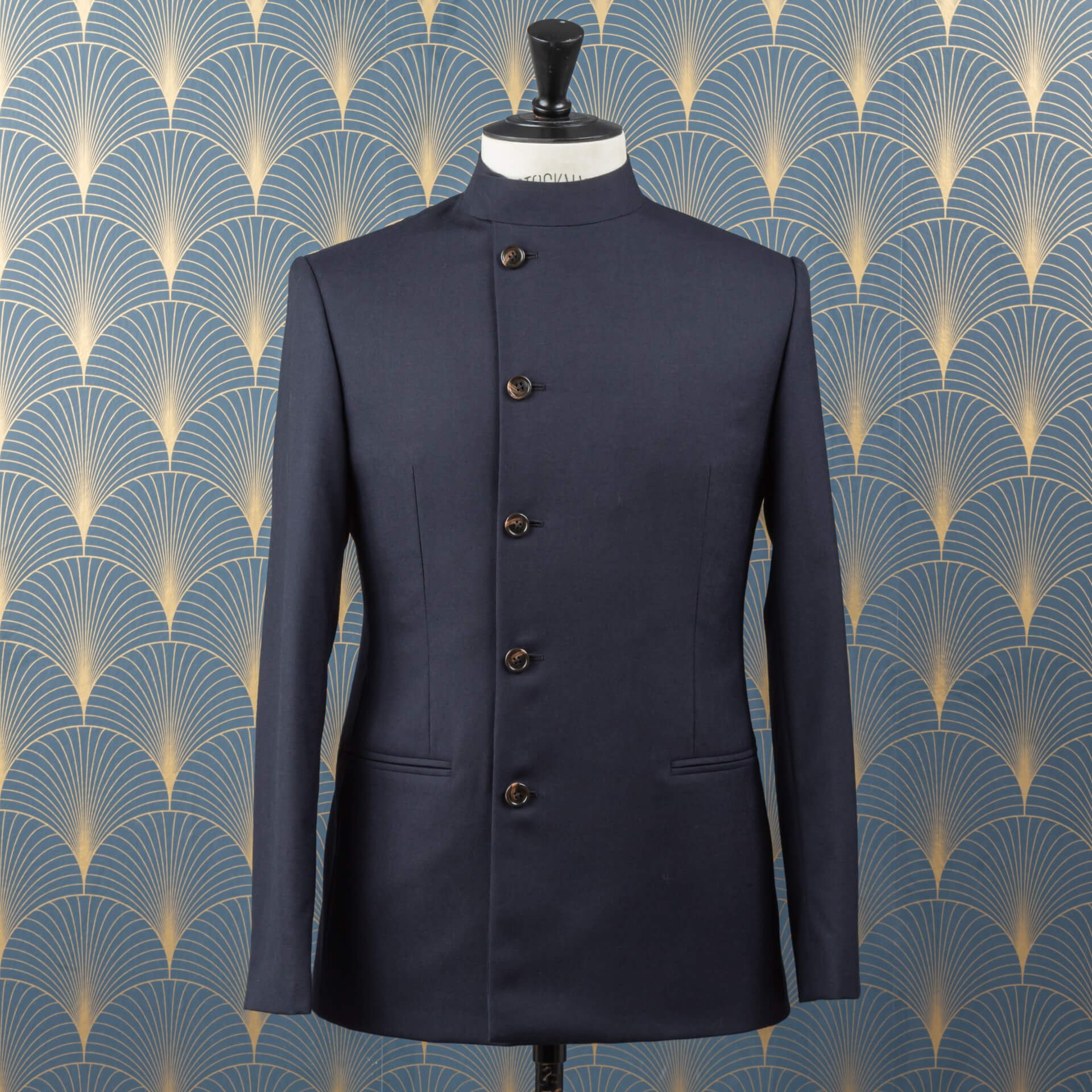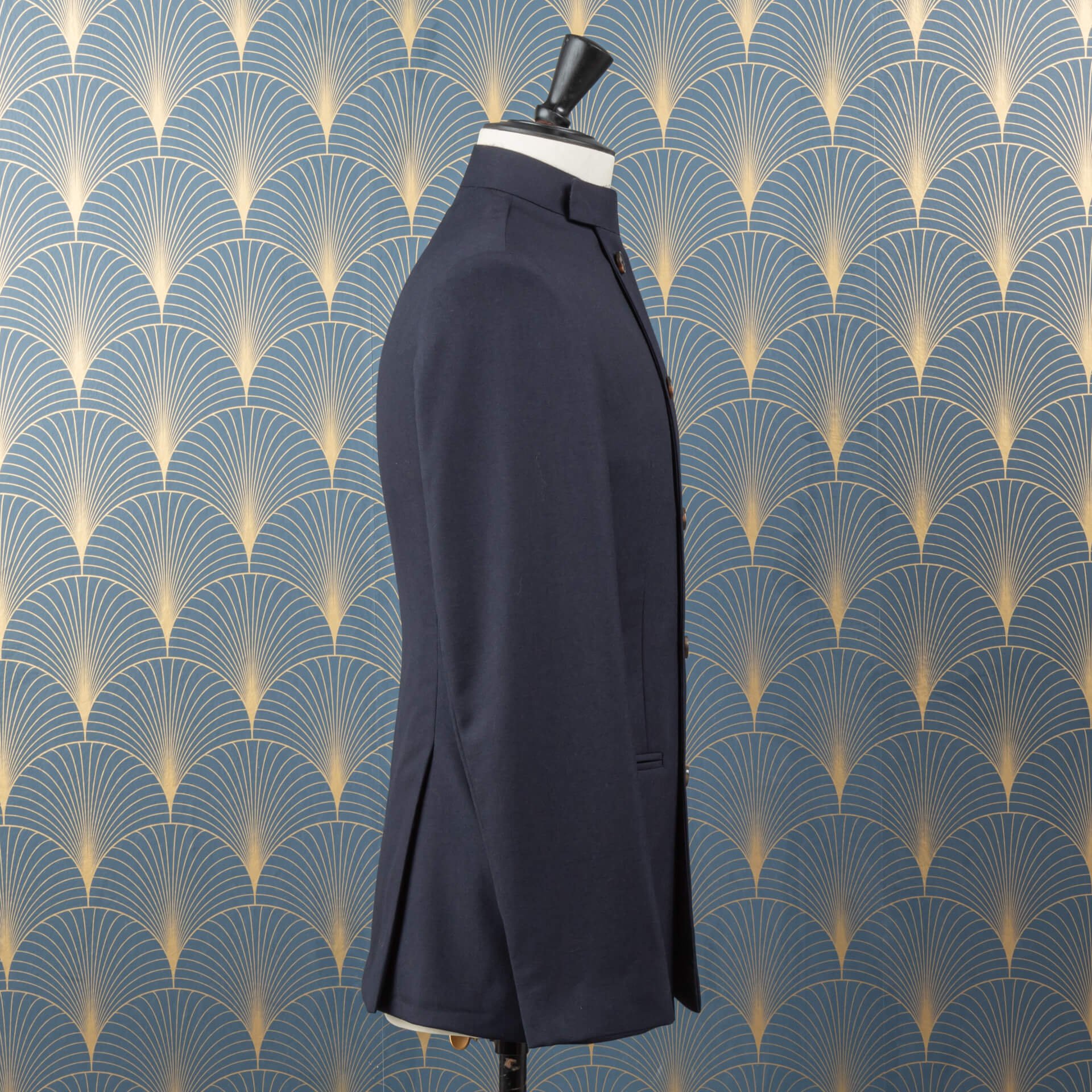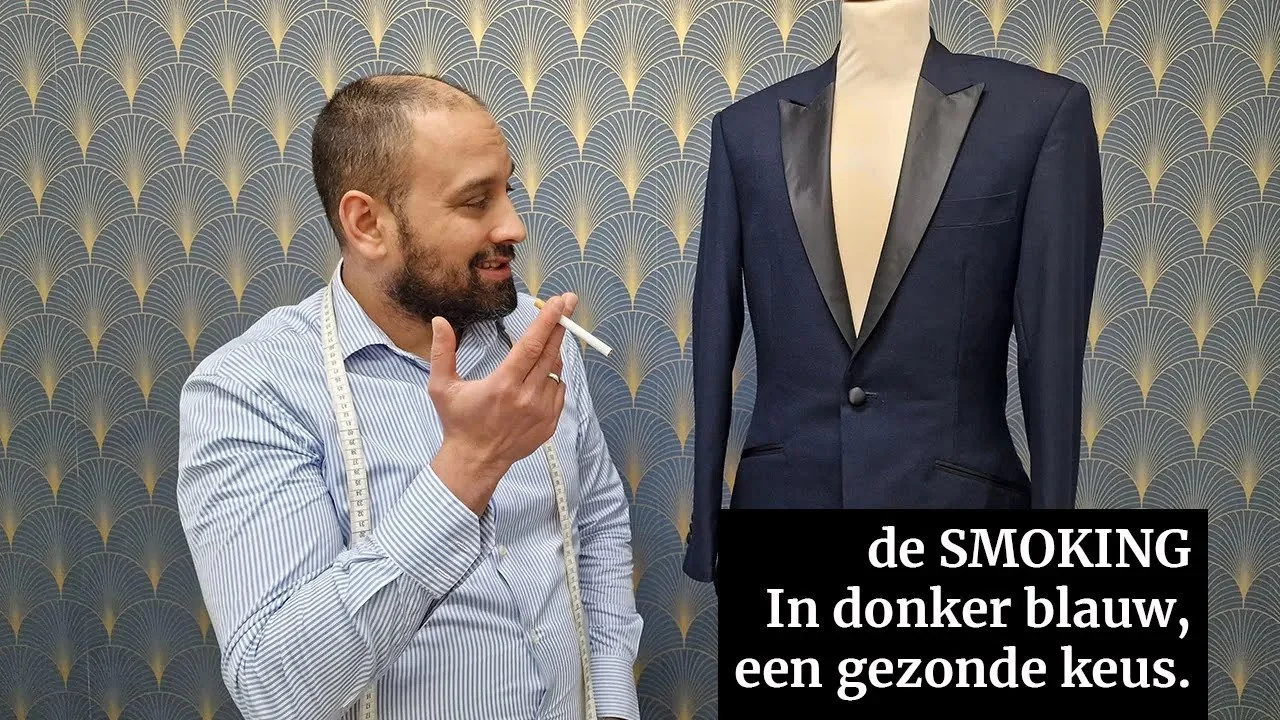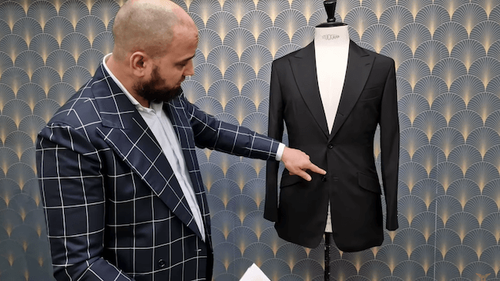You've probably heard the term Business Casual before, but how do you create a business casual suit?
What exactly is a business casual suit?
In this video I explain this to you using such a suit that you can wear for business but also outside.
As far as I'm concerned, a business casual suit is a suit consisting of 3 parts that you can wear as 1 set. And also as separate parts, so the waistcoat and jacket, for example, on jeans.
This can be worn both for business and for any other occasion (we exclude swimming competitions and decent ones). These are examples of suits that we see as business casual.
The fabric is a characteristic of business casual suits.
Instead of being smooth, like most business suits, it has a woollier structure and often has more striking colours such as brown, red and green. Although blue and grey, as long as the fabric has body, are also good options.
You often end up with heavy weight fabrics such as Flannel and Tweed variants.
In addition to the fabric structure, you can also choose to let the pattern speak more in 1 or more parts of the suit. Think of checks, Tartans, but also fabrics such as Hopsack are doing well.
Since you cannot wear a suit with an outspoken fabric as often as when it is more subdued, a waistcoat with a striking fabric, colour and model can be a nice intermediate step.
Personally, I would just keep the model classic when it comes to the jacket and trousers, the waistcoat can be beautifully expressive with these types of fabrics. Think of a beautiful vintage double breasted model or simply start with a waistcoat with lapels and a fabric back.
It is better to look for beautiful artisanal finishes such as working buttonholes on the sleeves, beautiful buttons, hand-stitched details and on the trousers; you can think of a button closure, side buckles and buttons for suspenders.


















